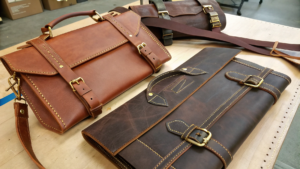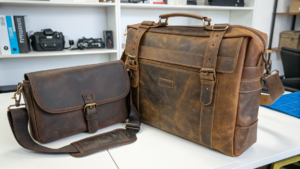Pu Leather Notebook: Style, Conscience, and Practicality?
Are you wondering if a PU leather notebook is the right choice for you? It's more than just a notebook; it reflects a blend of modern style, ethical values, and everyday needs.
A PU leather notebook offers a compelling alternative to genuine leather, balancing aesthetic appeal, ethical considerations, and practical functionality. It provides the look and feel of traditional leather at a more affordable price, without animal products, making it a mindful choice for modern consumers.
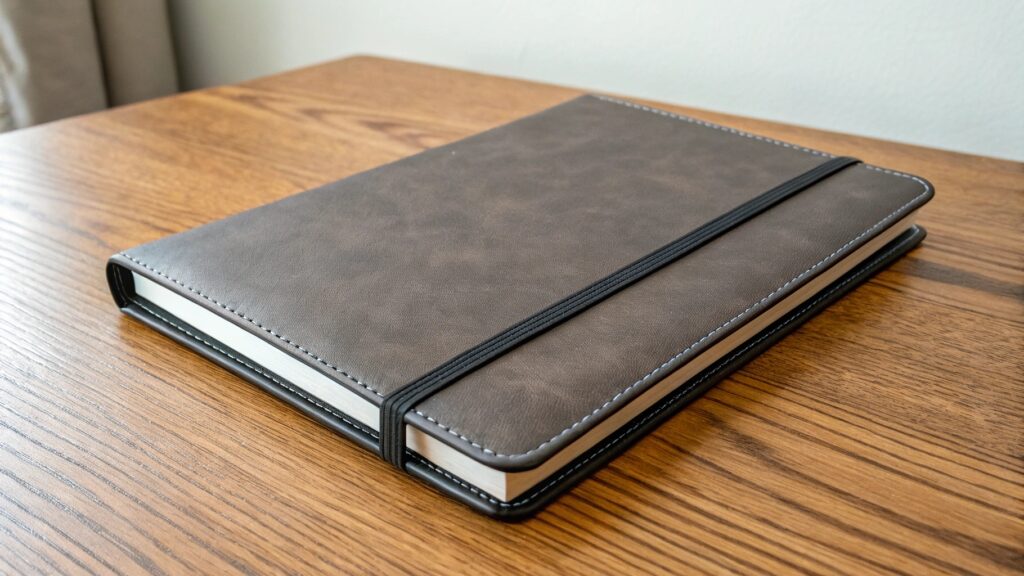
I've watched the popularity of PU leather notebooks grow. It's not just a design trend. I see it as a sign of how today's buyers balance looking good with doing good, and with meeting their daily needs. While real leather still feels luxurious, more and more people are choosing PU leather for one clear reason: they want to make a mindful choice without giving up too much.
What Is a PU Notebook?
Are you curious about what exactly a PU notebook is and why it's gaining popularity? It represents a modern shift in how we think about materials and their purpose.
A PU notebook features a cover made from PU (polyurethane) leather, which is a synthetic material designed to mimic the appearance and feel of genuine leather. It offers an animal-friendly, more affordable, and versatile alternative, appealing to consumers who prioritize ethical sourcing and practical design.

In my work, I've seen many different materials used for notebooks. PU leather1 has really stood out. It's interesting how it offers a great balance. It looks and feels like real leather, but it brings many other benefits. It's about finding smart ways to create products that people love.
How Is PU Leather Made and What Are Its Key Characteristics?
PU leather, or polyurethane2 leather, is made by coating a fabric base with a layer of polymer. This process creates a material that looks very similar to real leather. It often has a textured surface that mimics the grain of animal hide. One big advantage of PU leather notebooks is their cost. They are much cheaper than real leather notebooks. This makes them available to more people. They are also animal-friendly, which is important for many buyers today. You can find them in many colors and finishes, more than you usually see with real leather. This allows for more creative designs. Beyond how they look, there is a deeper reason for their popularity. PU leather shows how notebooks have changed. They are no longer just status symbols. They are now seen as useful tools that also reflect our values.
| Characteristic | Description | Benefit for Notebook Users |
|---|---|---|
| Material Composition | Polyurethane coating over a fabric base. | No animal products, ethical choice. |
| Appearance | Mimics the texture and look of genuine leather. | Offers a premium aesthetic without the higher cost. |
| Affordability | Generally less expensive to produce than real leather. | Accessible to a wider range of budgets. |
| Color Variety | Can be produced in almost any color and finish. | Allows for greater personalization and brand matching. |
| Water Resistance | Often more water-resistant than real leather (depending on finish). | Protects contents from spills, easy to wipe clean. |
| Durability | Resistant to scratches and often more durable than real leather. | Stands up to daily use and travel. |
| Lightweight | Generally lighter than comparable genuine leather. | Easier to carry, reduces overall bag weight. |
In my view, a PU leather notebook is not just about how it looks. It is about what it says. It shows the values of a generation that wants products to be beautiful but not wasteful. They want products that are refined but not exclusive. It's a notebook for people who enjoy writing by hand. But they do not want that experience to harm animals or waste resources. It's a smart choice for the modern world.
Is PU Leather Good for Summer?
Are you wondering if a PU leather notebook is suitable for use during warmer months? Its material properties offer both advantages and considerations for hot and humid climates.
PU leather can be a good choice for summer use due to its often water-resistant properties3 and ease of cleaning, which helps it stand up to humidity and minor spills. However, unlike genuine leather, it does not breathe, which can make it feel less comfortable to hold for extended periods in very hot weather.
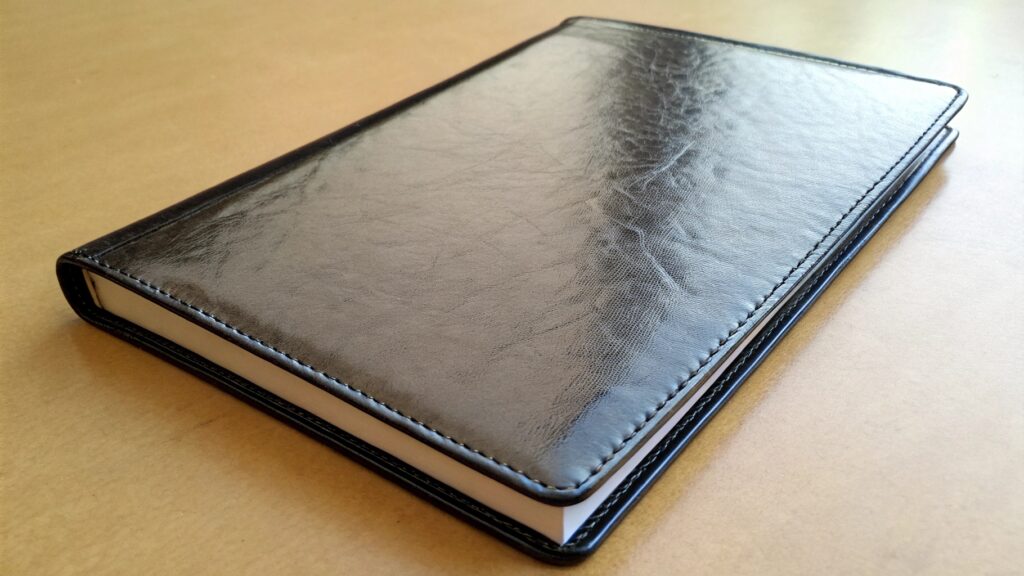
I've handled many materials in different climates, and I know how important it is for a product to perform well no matter the weather. For PU leather, summer brings unique considerations. It's about understanding how the material behaves under heat and humidity.
How Does PU Leather Perform in Warm and Humid Conditions?
PU leather tends to be more water-resistant than genuine leather. This means it can handle humidity better and resist minor spills, which is a plus in summer. If you spill a drink on it, you can usually just wipe it clean. This makes it practical for outdoor use or when you are on the go. However, a key difference from real leather is that PU leather does not breathe. This means it might feel a bit warmer or stickier to the touch in very hot and humid weather. Real leather has pores that allow air to pass through. PU leather does not. This is something to consider if you plan to hold your notebook for a long time in direct heat. Despite this, its durability and low maintenance often outweigh this factor for many users during summer.
| Aspect | PU Leather Performance in Summer | Comparison to Genuine Leather in Summer |
|---|---|---|
| Breathability | Low breathability; can feel warm against skin. | More breathable due to natural pores, feels cooler. |
| Water Resistance | Generally good; resists humidity and minor spills. | Can absorb moisture, prone to water damage or stains. |
| Stains/Cleaning | Easy to wipe clean; less prone to sweat stains. | Can absorb sweat and oils, requiring specific cleaning. |
| Durability in Heat | Holds up well; less prone to drying out or cracking. | Can dry out, crack, or become stiff with prolonged heat. |
| Odor Retention | Less likely to retain odors from sweat or humidity. | Can absorb odors over time. |
| Color Fastness | Colors generally stable; less likely to fade in sun. | Can fade or darken unevenly with sun exposure. |
Of course, there are trade-offs. PU leather does not age like genuine leather. It won't develop that rich, unique look over time. But maybe that is the whole point. In our fast-paced, idea-driven world, long-term permanence is not always the goal. What matters more is expression. For summer use, a PU leather notebook balances being practical with looking good. It’s a good choice for those who need a reliable notebook that can handle the season's demands.
Why Is It Called PU Leather?
Have you ever wondered about the name "PU leather" and what the "PU" actually stands for? Understanding its origin explains its nature and advantages.
It is called PU leather because "PU" is an abbreviation for polyurethane, the polymer used to create this synthetic material. This name clearly identifies it as a manufactured, non-animal product designed to emulate the look and feel of genuine leather.
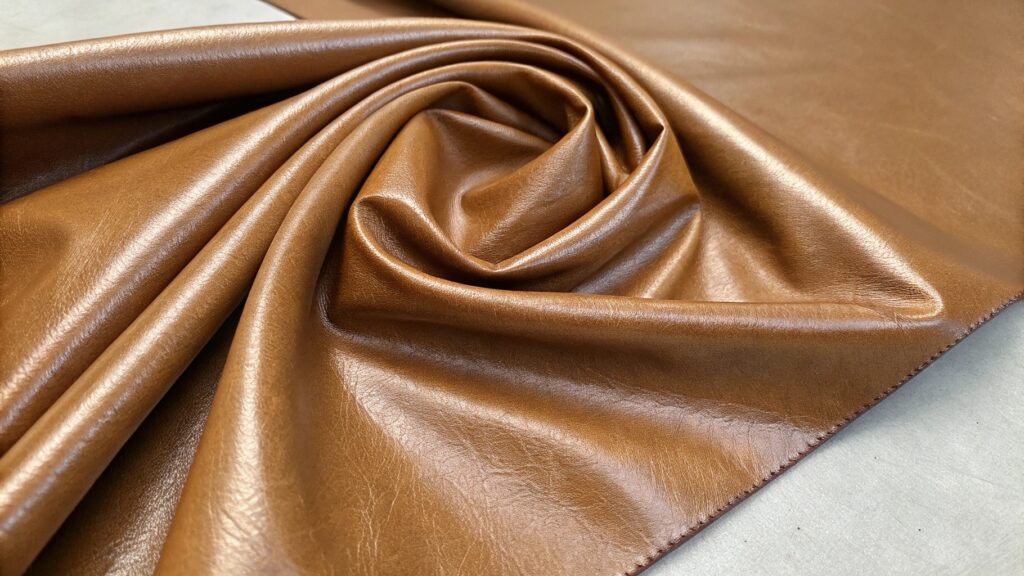
As someone who works with materials and branding, I appreciate when a name clearly describes what a product is. "PU leather" does exactly that. It's direct, and it tells you what you are getting. It highlights its synthetic nature, which is a key part of its appeal for many people.
What Does Polyurethane Do in Leather Alternatives?
Polyurethane is a type of plastic polymer. When it is used to make PU leather, it is applied as a coating onto a base material, usually a fabric like cotton or polyester. This coating gives the material its leather-like texture and appearance. It also provides key functional benefits. For example, the polyurethane layer makes the material water-resistant and easy to clean. This is because the surface is non-porous. It also makes the material durable and resistant to scuffs and scratches. The "PU" in the name highlights that it is a synthetic material. This distinguishes it from genuine leather, which comes from animal hides. This clear naming helps consumers make informed choices. They know they are choosing a product that is animal-friendly and often more affordable.
| Component | Role in PU Leather Production | Functional Contribution |
|---|---|---|
| Polyurethane | The synthetic polymer coating that forms the "leather" surface. | Provides leather-like texture, durability, and water resistance. |
| Base Fabric | (e.g., cotton, polyester) The foundation layer. | Gives the material strength and structure. |
| Release Paper | (Temporary) Used to impart texture to the polyurethane surface. | Creates the grain pattern that mimics real leather. |
| Adhesive Layer | (Optional) Binds the polyurethane to the base fabric. | Ensures cohesion and material integrity. |
So, is a PU leather notebook the best choice? If you're seeking a notebook that balances style, conscience, and practicality, then yes. It might just be the perfect reflection of modern creativity. It’s a material that embodies innovation and responsiveness to consumer values. This is why "PU" is in its name.
Conclusion
PU leather notebooks offer a compelling balance of style, ethical production, and practical functionality. They provide a beautiful, animal-friendly, and versatile option for modern daily use.
-
Explore this link to understand the manufacturing process and benefits of PU leather, enhancing your knowledge about this popular material. ↩
-
Learn about polyurethane's role in creating PU leather, providing insights into its durability and functionality. ↩
-
Discover the advantages of PU leather's water-resistant features, making it a practical choice for various conditions. ↩



